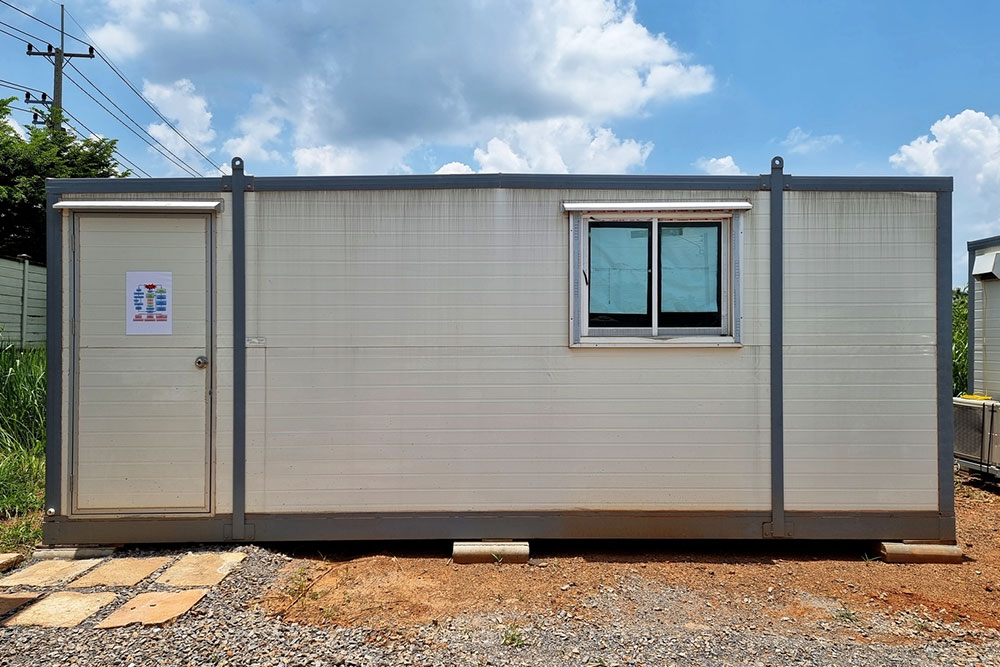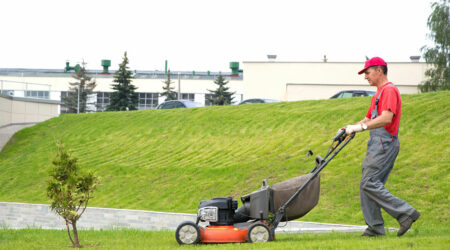
Prefabricated steel structures – Uses and challenges
Prefabricated steel structures are pre-made buildings constructed from a durable steel frame. The frame is made up of several steel components that are designed and manufactured at a factory and then transported and assembled at a chosen construction site. The structure of these buildings includes a roof, exterior frames (wall and deck panels), and structural subsystems. These structures are used by multiple industries as a rapid solution for design and construction needs.
Key applications of prefabricated steel structures
1. Agricultural buildings
Barns, animal shelters, and storage sheds are commonly built using a prefabricated steel structure as their main foundation. These structures offer the much-needed durability and strength to withstand heavy rains, snowstorms, and hailstorms, making them ideal for protecting agricultural equipment and livestock. Farm owners often use prefabricated steel structures to assemble easy-to-make buildings that are incredibly low-maintenance. Another key attribute of steel buildings is that they are resistant to common agricultural elements, such as fire, weather changes, and pests.
2. Recreational buildings
Recreational buildings, such as gymnasiums, community centers, and sports facilities, are commonly made with a foundation of prefabricated steel. These buildings require spacious areas, which steel structures can easily accommodate, making them a popular choice for recreational zones.
One of the major advantages of prefabricated buildings is their rapid construction. Contractors usually face tight deadlines when working on projects involving the construction of community centers and gymnasiums. So, the use of steel structures provides an efficient way for them to complete projects within a short timeframe.
3. Food preservation facility
Just like agricultural buildings, food preservation facilities also need a high level of protection from external elements and pests. Steel buildings are perfect for fulfilling that objective, which is why they are used to build such facilities. Prefabricated steel models are perfect for designing refrigerated storage, raw material storage, production area, product packaging area, packaged product storage, distribution warehouse, and import-export regions within food preservation storage facilities. All these sub-facilities will be housed in a large facility constructed with steel and other metals to make it as indestructible and indomitable as possible.
4. Retail stores and restaurants
These facilities are often are built on leased land, which is why quick design and construction are needed. Retail stores and restaurants use all prefabricated steel structures’ positive aspects, including outstanding structural advantages, aesthetics, and flexibility. These steel structures are useful to construct buildings with large windows that bring in a ton of natural light.
Also, prefabricated steel structures are cheap to build and assemble at a given destination. This is why they are ideal for retail store and restaurant owners who work with a tight budget.
Challenges while using prefabricated steel structures
Not every aspect of prefabricated steel structures is favorable. By their very nature, these structures come with many inherent issues.
1. Finishing details take time
While constructing prefabricated steel structures is relatively easy, the finishing details take longer to design and implement. These structures cannot be attached to drywall without adding additional structures. This happens mainly because of the nature of the external walls of a metal architecture. People looking to add insulation to their buildings made using steel structures will also have to give up interior square footage when they include the additional layer.
2. Inclusion of hanging metal units or rooftops
Steel buildings have ceilings that have certain issues. Essentially, the roofs of prefabricated steel buildings are framed with light gauge cold-formed metal purlins. These components are not meant to support additional equipment load, so they cannot be easily strengthened. As a result, these buildings often have hanging metal units and rooftops.
Apart from these, steel buildings come with many other structural and functional issues that somewhat affect their overall usefulness. Still, the positive aspects of prefabricated steel structures outweigh the negative ones. Because of that, a number of constructional innovations are made possible with the use of these structures.
Key innovations possible with prefabricated steel structures
The malleable nature of steel and other kinds of metals makes them useful for coming up with spectacular designs and architectural ideas. These design ideas are used across a wide range of industries and sectors in every country across the entire globe. One such innovation is the steel and glass bridge. These bridges are incredibly resilient and can endure rains, hailstorms, and relentless snow year after year. Additionally, the tensile strength of steel is very high, making it ideal for building bridges and flyovers anywhere in urban zones. Another notable innovation is the modern design and architecture of college campuses.



